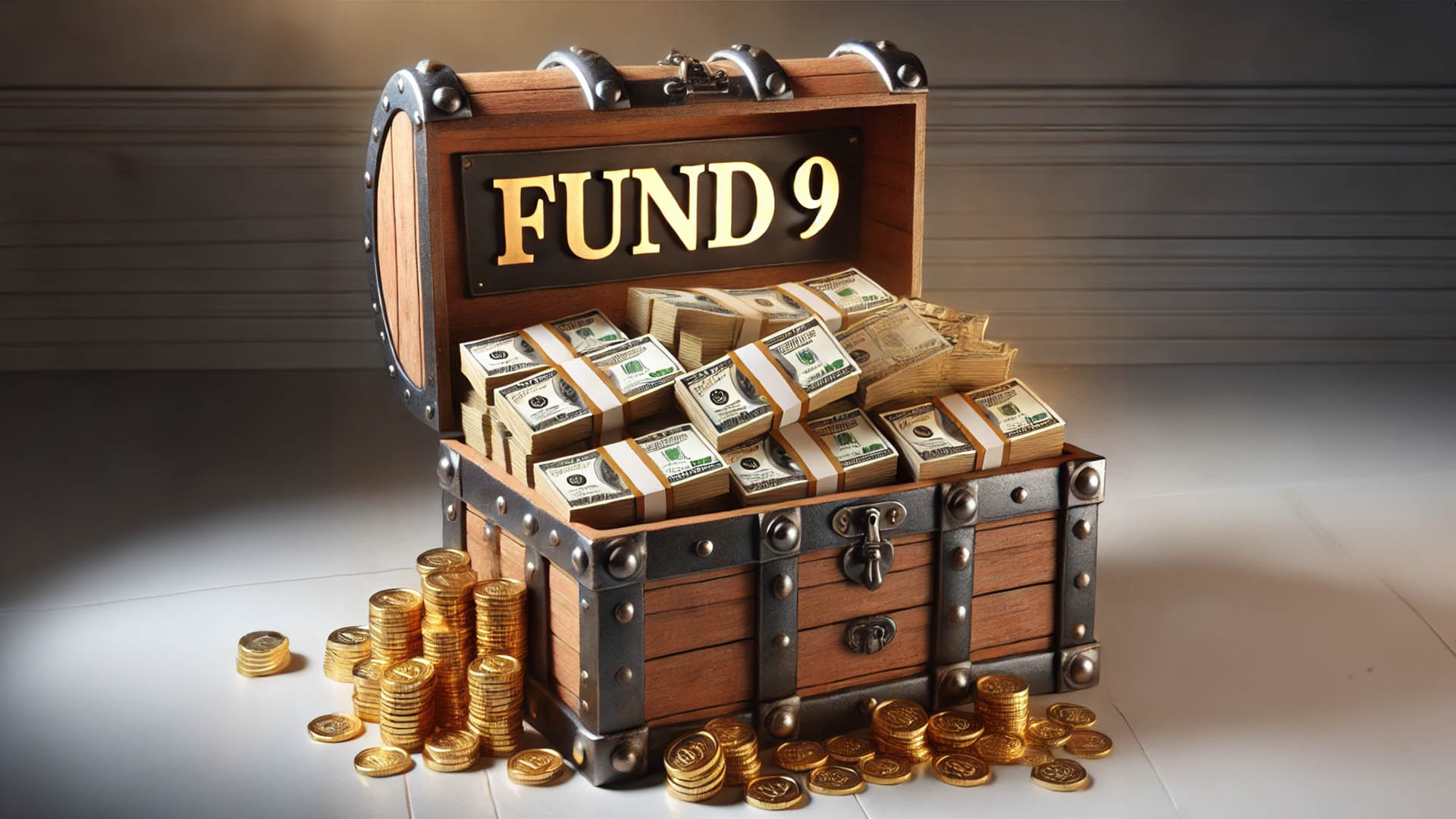More evidence yesterday that the Australian housing sector is cooling and cooling faster than some critics think.
Thanks to the three interest rate rises last year, and the further three so far this year, demand for housing is slowing, and hopefully, with it demand for resources and labour, leaving a bit more room for the commodities boom and its associated investment surge.
The softer housing data and lending figures for August, has got some commentators now wondering if the RBA will lift rates at its meeting next Tuesday.
The news of a cooling is at odds with some populist ideas at the moment about a housing bubble and overheated prices.
In fact if you believe the likes of Goldman Sachs, Fitch Ratings and numerous local commentators, the local housing sector could be a bubble happening or in the making.
Fitch, which missed the collapse of the housing sectors in the US, UK, Ireland and Spain, says it is going to ‘stress test’ our banks and their holding of home loans to see if there’s a problem.
It’s a pity we can’t go back in time top do a similar test on Fitch’s ratings (and those of its peers) on US subprime and prime mortgages, among a plethora of poorly-rated products and securities.
How can a housing sector be bubbling when there are now distinct signs of cooling?
Of course the bubble supporters will switch to warning that the slowdown threatens the banks and the financial systems, but many of these claims are coming from offshore and from people linked to or fellow travellers with hedge funds and speculators.
But regardless of that, there is a cooling underway.
Earlier this week the nation’s top home builders revealed a fall in new home sales in September for a 4th successive month, yesterday building approvals for August showed a 4.7% fall, much larger than forecast.
The Reserve Bank yesterday revealed that housing credit in August grew an unchanged 0.6% over the month from July, but the latest RPData Rismark home price index showed a further easing in home prices across the country.
It said that the median national home prices dropped 0.2% in August, seasonally adjusted, following a 0.4% increase in July.
The national city median dwelling price fell to $457,000 in August from $465,000 in July.
In the three months to August, Sydney prices rose 0.2%, seasonally adjusted to a median price of $505,000.
In Melbourne they fell 1.5% to a median price of $470,000. Brisbane house prices dropped 2.3%, seasonally adjusted, to $434,000, while in Perth prices tumbled 4.8% over the same period to the median price of $460,000
So a definite cooling is underway, especially in the previously hot markets of Melbourne and Perth.
The Australian Bureau of Statistics said the 4.7% fall in August approvals was after a revised 0.1% rise in July (originally reported as a 2.3% rise, which was the first rise in three months).
The ABS said approvals to build private houses fell 4.3% to 8,208 in August from July, while those for private sector apartments and renovations were up 1.5% to 4,313.
According to the ABS, Queensland (0.9%), South Australia (11.2%) and Western Australia (0.9%) recorded more dwelling approvals this month, while NSW (-16.0%), Victoria (-1.4%) and Tasmania (-10.5%) recorded less dwelling approvals in seasonally adjusted terms.
"Private sector houses approved fell -4.3% due to falls in New South Wales (-7.5%), Victoria (-7.7%), Queensland (-7.0%) while South Australia (3.6%) and Western Australia (12.3%) rose.
"The value of total building approved fell -4.2% in August in seasonally adjusted terms. The value of total residential building fell by -7.8% while non-residential building rose by 3.1%."
And the fall in new home sales reported by the Housing Industry Association is symptomatic of what the approvals (and housing finance figures from the ABS) are saying.
The HIA said "the number of new homes sold fell by 2.6 per cent in August 2010. Sales were down by 13 per cent over the three months to August to be 11 per cent lower when compared to the same period in 2009.
"Building approvals were down by over 6 per cent for the three month period to July 2010, with further weakness to come.
"Detached house sales fell by 3.4 per cent in August 2010, while sales in the multi-unit sector increased by 4.3 per cent.
"In the month of August 2010 detached new house sales fell by 20.3 per cent in New South Wales. Sales also fell in Queensland, down by 2.8 per cent, and in South Australia, down by 5.6 per cent.
"Sales increased by 2.6 per cent in Victoria and by 2.7 per cent in Western Australia."
And the latest private sector credit figures from the RBA for August tell a similar story.
The Bank said total credit provided to the private sector by financial intermediaries rose by 0.1% over August 2010, following an increase of 0.3% over July.
Over the year to August, total credit rose by 3.1%.
Housing credit rose 0.6% over August, following an increase of 0.6% over July and 8.1% in the year to August.
"Other personal credit declined by 0.2 per cent over August, after being flat in July. Over the year to August, other personal credit increased by 2.6 per cent.
"Business credit fell by 0.6 per cent over August, following a fall of













